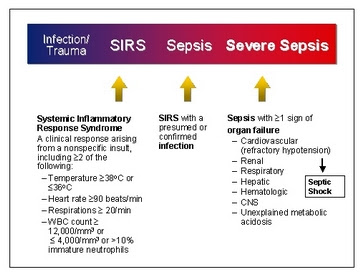 |
| Kurt Lewin's Model of Change: Unfreezing, Changing, Refreezing |
Stage 1: Unfreezing
This stage is about getting ready to change. It involves getting to a point of understanding that change is necessary, and getting ready to move away from our current comfort zone.
Stage 2: Change
The second stage involves transitioning. Transition is the inner movement or journey we make in reaction to a change. This second stage occurs as we make the changes that are needed.
Stage 3: Freezing (or Refreezing)
This stage is about establishing stability once the changes have been made. The changes are accepted and become the new norm. People form new relationships and become comfortable with their routines. This can take time.
(Change-Management-Coach, 2010)
(Change-Management-Coach, 2010)


